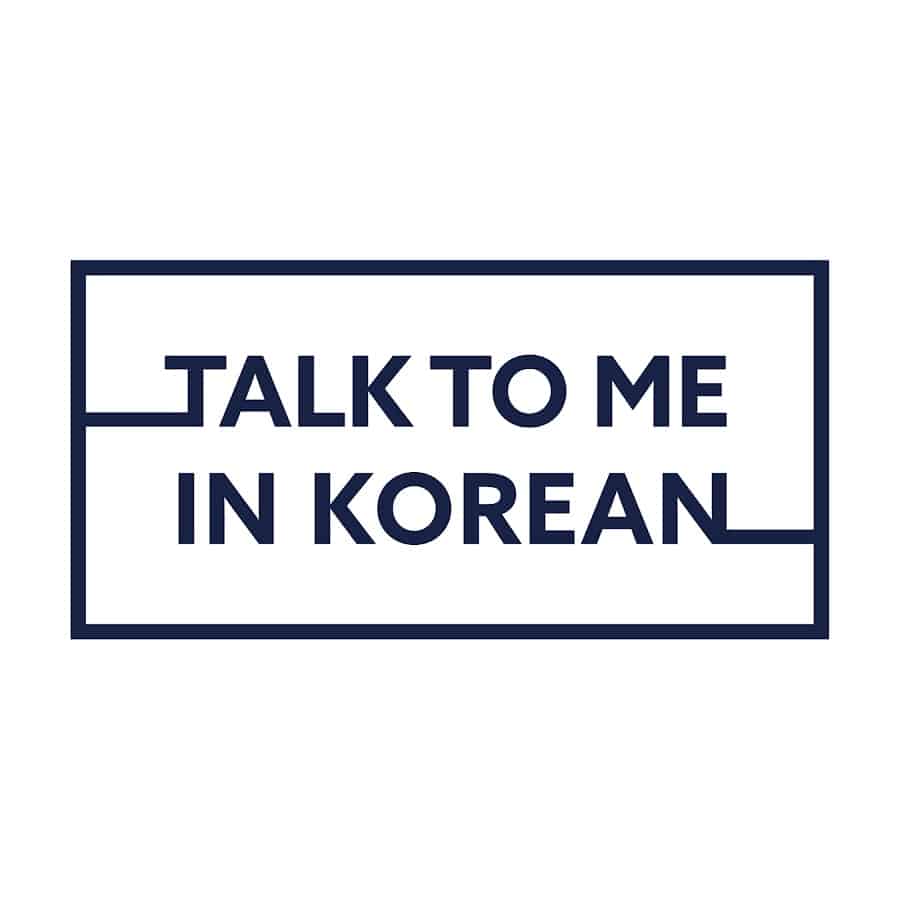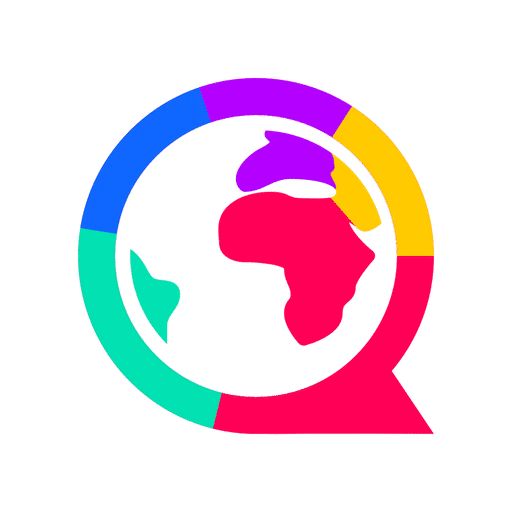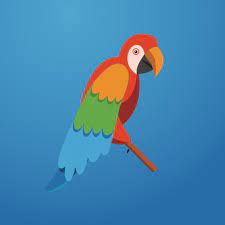How to Improve Your Korean Reading Skills

Reading is a great way to learn new grammar and vocabulary, as well as to consolidate the knowledge you’ve picked up from other areas of your studies.
In this guide, I’ll show you some of the best tips for Korean reading practice, including information about the Korean writing system 한글 (hangul) and how to include reading practice in your everyday life.
Download: This blog post is available as a convenient and portable PDF that you can take anywhere. Click here to get a copy. (Download)
Before You Start Reading
There are a few things you’ll need to bear in mind before you start tackling larger Korean texts that will make reading much easier for you.
Learn the Korean Writing System 한글 (hangul)
You might already know that the Korean language has its own writing system. Although it may look daunting, it’s actually super simple to learn.
There are 24 letters in the Korean alphabet, consisting of 14 consonants and 10 vowels. These characters are then combined to form syllable blocks.
For example, the syllable block 한 (han) is made up of the following:
ㅎ: h
ㅏ: a
ㄴ: n
Learning 한글 will open up a world of different reading opportunities in your everyday life, from street signs and food labels, to social media posts and short stories. (Even better, Korean punctuation is super simple as well.)
If you have yet to learn 한글, check out this video from Miss Vicky on YouTube to learn it in 30 minutes.
Learn Basic Vocabulary
Once you’ve learned 한글, you need to make sure that you have a solid base of key Korean vocabulary so you can start reading and understanding basic texts.
This includes everything from common greetings and honorifics, as well as the key parts of language such as nouns, verbs, adjectives, etc.
You should also ensure that you have a grasp of at least the most basic aspects of grammar such as word order.
Check out our guide here to learn 128 of the most basic Korean words and get started with building a vocabulary base.
Ways to Practice in Everyday Life
You don’t need to have a grueling hours-long study session to improve your reading skills. You can incorporate reading practice into your life in the form of 10-15 minute slots that will boost your skills and keep you motivated.
Scroll through social media
If you have a favorite Korean celebrity or influencer that you are a fan of, you can scroll through their social media profiles to see if you can understand what they’ve been posting!
Try to resist hitting that translate button at first, and instead manually look up each word you don’t know in a digital or physical dictionary. This will help you remember the new terms you’ve encountered in the long run.
Read a webtoon
Webtoons are digital comics that are hugely popular in Korea, with some of them inspiring hit dramas such as ‘True Beauty’.
With plenty of pictures and not as much text, it makes it much more digestible for learners looking to squeeze in some quick reading practice. Learn more about how to read webtoons on your phone here.
Watch a show with Korean subtitles
If you’re watching an English show on Netflix or another platform, check to see whether the same show has Korean subtitles! As you’re watching, see if you can make connections between what is being said and the Korean text.
For an extra challenge, pause the show at the start of each new subtitle to see if you can guess what they will say next based on the Korean text.
Read the news
Reading a news article in Korean can be particularly challenging, but there are sites out there that provide Korean news for children, such as 어린이 동아 that may be easier to tackle.
These can still be challenging for many learners, so don’t worry if you only have time to parse a few sentences!
Explore Korea on Google Street View
Trying to figure out the meaning of signs for Korean restaurants and shops can be a great way to incorporate some reading practice into your everyday life.
If you are based in Korea, you could take a walk to the nearest shop, and even take a look at some product labels. But, if you’re not in Korea, try searching for a popular place like 강남 (Gangnam) on Google Street View, and take a look around to see what Korean words you can spot in the streets.
Where to Find Korean Reading Exercises
Here are some great resources you can use for Korean reading practice that are sure to improve your skills.
TOPIK mock tests
If you want to test how well you can understand Korean texts, you can try taking a TOPIK mock reading test online.
TOPIK (The Test of Proficiency in Korean) is a popular test used to measure the Korean proficiency of non-native speakers, and is usually used for the purpose of demonstrating your abilities to an educational institute or place of employment.
Try working your way through a reading test and see how much you can understand. Answer all the questions, and once you’re done, you’ll be able to see what you got right and what you got wrong.
Talk To Me in Korean
Talk to Me in Korean is a treasure trove of resources for Korean learners, some that are free, and some that are for premium members.
Some of their courses include ‘Easy Korean Reading for Beginners’ and ‘News in Korean,’ which feature multiple lessons that tackle the ins and outs of Korean Reading.
You are also able to purchase books from TTMIK that help learners of all levels, which can be great resources for improving your reading. They even have a YouTube channel where they break down cultural and linguistic topics.
FluentU
Here's a quick look at the variety of video choices available to you:

Each word in the interactive captions comes with a definition, audio, image, example sentences and more.

Access a complete interactive transcript of every video under the Dialogue tab, and easily review words and phrases from the video under Vocab.
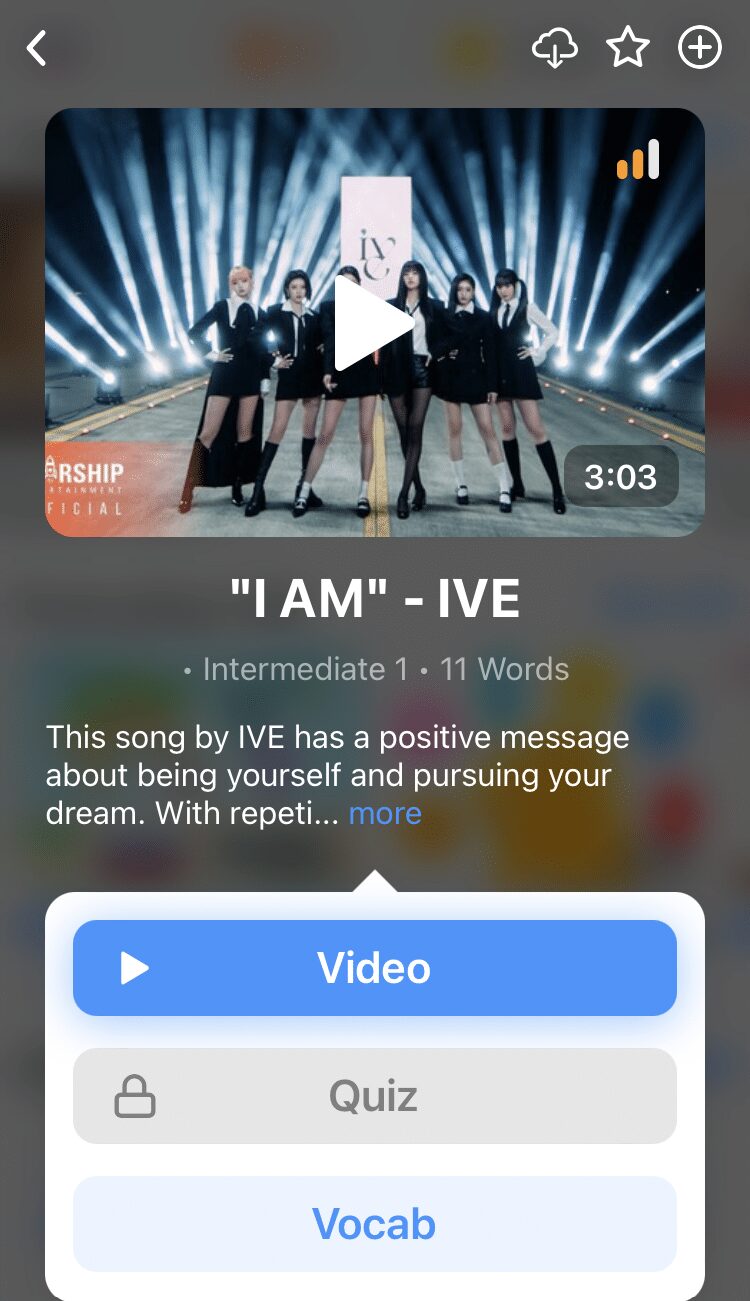
Don't stop there, though. You can use FluentU’s unique quizzes to learn the vocabulary and phrases from the video through fun questions.
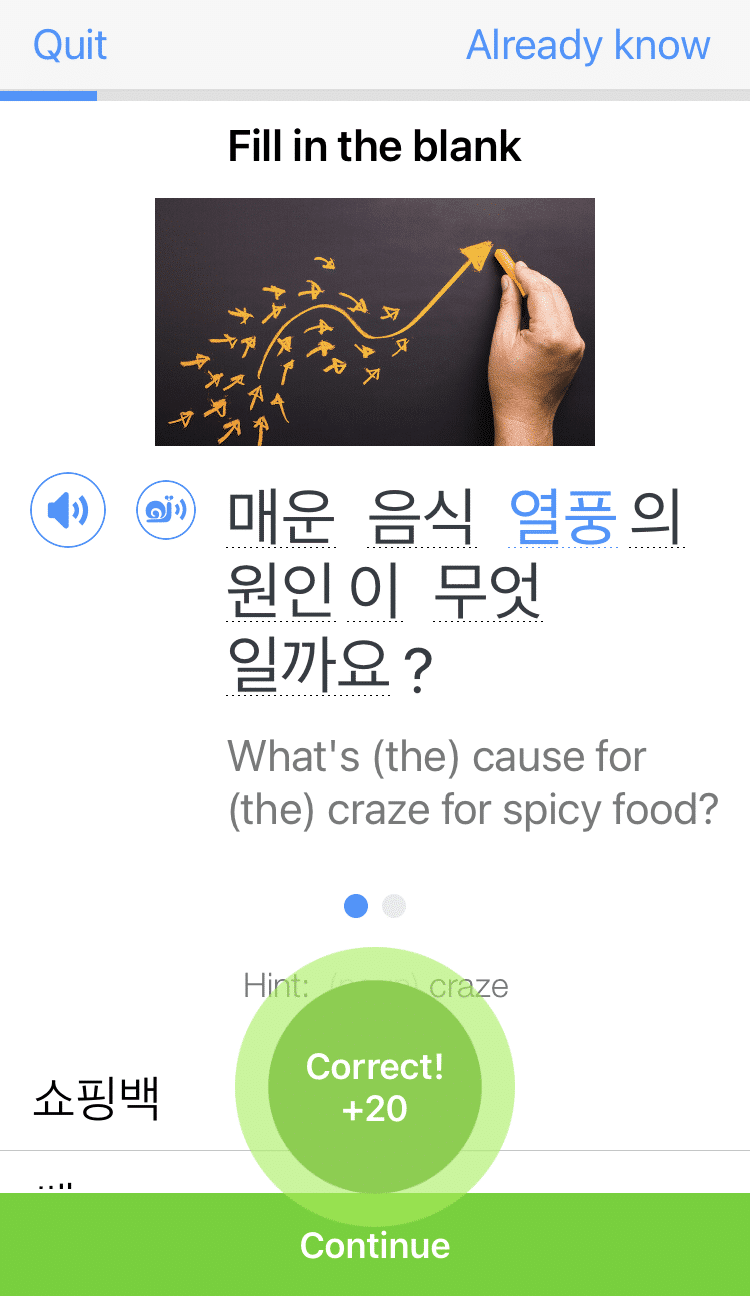
FluentU even tracks your progress and remembers all the words you've learned, making for a 100% personalized experience.
Review sessions use video context to help embed the words in your memory. The best part? You can access the full FluentU video library with a free trial!
Start using the FluentU website on your computer or tablet or, better yet, download the FluentU app from the iTunes or Google Play store. Click here to take advantage of our current sale! (Expires at the end of this month.)
For each FluentU video, you are able to access a full transcript, which is a great resource for practicing your reading.
Try reading through a transcript for a video that matches your level, and see how well you can understand what is being said. Then you can check the translations to see how well you did!
Korean Reading Made Simple by GO! Billy Korean
This useful book from Billy Go includes 21 natural reading exercises for learners that are designed to help you understand natural Korean that is used on a daily basis.
Each exercise includes grammar explanations and definitions for vocabulary terms, so you’ll know exactly what is happening within each text. This book introduces over 700 vocabulary words, which will provide a great boost to your current knowledge base.
You’ll learn through a range of different mediums, including articles, emails, poems and more, making it an ideal option for learners who want to practice reading in different contexts. You can also check out Billy’s YouTube channel for more useful Korean lessons.
Speechling Korean quiz
If you want to test how well you understand different sentences in Korean, you can try Speechling’s multiple-choice Korean quiz.
Here, you can pick your Korean level from beginner to expert, and view a series of Korean sentences corresponding to that level. You’ll need to pick from four possible English translations, and you will instantly be told whether you got it right or wrong.
Each sentence comes with audio, meaning you can also train yourself to match up the 한글 with its pronunciation when reading.
This is a great way to test your comprehension and will help you identify areas where you might need to improve.
Check out this blog post with the best 10 Korean authors and book recommendations:
https://www.fluentu.com/blog/korean/korean-authors/
What to Do When Reading Korean
Here are a few tips to implement when reading in Korean to help you learn faster and better:
- Keep a dictionary on hand — Whether it’s a physical book or an app such as Naver Dictionary, a dictionary is going to be essential when you inevitably come across words you don’t know while you practice Korean reading. Take notes of new words you find so you can add them to flashcards, or review them later.
- Read aloud — If you’re struggling to get through a text, don’t be afraid to read it out loud. This helps you draw connections between the letters and their pronunciation, and will also stop you from going too fast, allowing you to take in the text bit by bit.
- Don’t be overly ambitious — Make sure you’re reading texts that are appropriate for your level. It’s good to challenge yourself, but if you try something a little too advanced for your level, you might be left feeling demotivated. Gradually work your way up!
- Read extensively and intensively — While intensive reading involves a high level of focus, making sure you’ve understood every part of a text, extensive reading refers to reading for a longer period without dissecting everything. Alternate between the two so you get the benefits of both methods.
- Use texts you’re actually interested in — To keep your motivation high, make sure that where possible you are choosing texts that are of interest to you, or that are about a topic relevant to your life. This will stop reading practice from being such a tough task!
Now you know some of the best ways to improve your reading skills in Korean, all you have to do is practice! With a bit of patience and consistency, you’ll see your skills improving in no time.
Download: This blog post is available as a convenient and portable PDF that you can take anywhere. Click here to get a copy. (Download)

